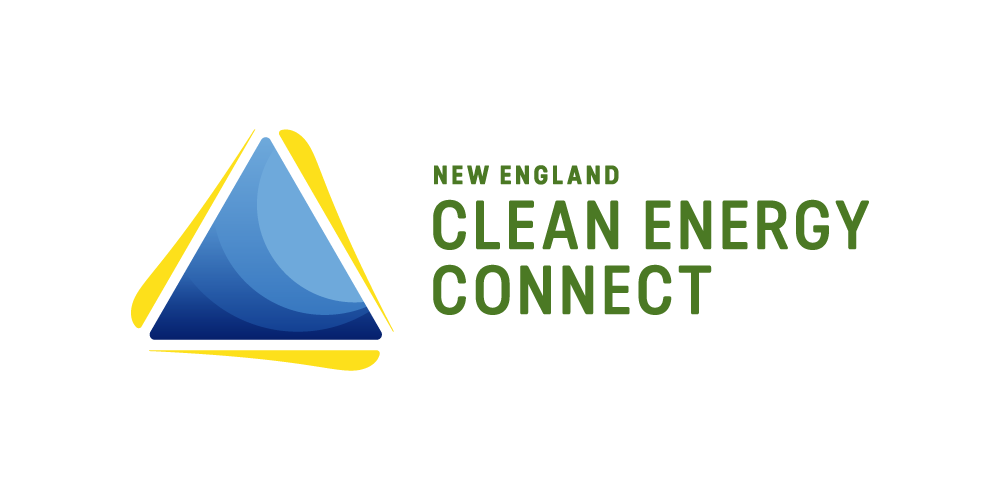Clean energy in Massachusetts is finally subject to the laws of economics. That’s good news for both businesses and residents throughout the commonwealth who pay some of the highest electric rates in nation.
The current competitive bidding process being conducted by Massachusetts utilities for large scale hydropower, onshore and offshore wind, and solar will not lower the price of electricity – at least not in the next few years. But ratepayers will at least be assured their money is being spent wisely.
Governor Charlie Baker signed two energy bills in 2016 that swept away the sweetheart deals and overly generous subsidies that characterized the clean-energy business prior to that time. The bills required purchases of clean energy to be competitive and transparent. The results are already evident, even before the contracts are signed.
In April 2017, as part of the first requirement for the utilities to purchase clean energy (primarily large hydropower from Canada and onshore wind) a request for proposals was sent to developers.
Suppliers responded with nearly 50 proposals, far more that the total cumulative amount allowed in the legislation. Some names you might recognize – Hydroquebec, for instance, has been sending power to Massachusetts for decades. But others may not be as familiar – Emera, Nalcor, TDI, Nextera, and Avangrid – some partnering with utilities National Grid and Eversource - all vying to serve Massachusetts consumers.
The clean energy process even attracted a bid from New England-based Deepwater Wind, which submitted a small offshore wind proposal, even though the larger competitive solicitation for offshore wind was not due until this month, separate from the initial clean energy bidding process.
While prices haven’t been disclosed yet (the analysis is based on a complex evaluation of bids and is confidential until a winning bidder is selected following by a public process at the Department of Public Utilities process), the fact that so many developers “sharpened their pencil” is a good start.
Bids under the clean-energy program are scheduled to be awarded around January 25. Bids for the separate offshore wind program will be selected on April 23..
Competition will have a particularly dramatic effect on solar energy.
Although some small solar projects were bid as part of the clean energy proposals, the vast amount of solar installations are currently subsidized through a different program that has been around for several years. It has become not only expensive – $500 million dollars per year, but also overly generous as the cost of solar installations has dropped more than 50 percent due to lower market prices.
Most states went to a competitive framework years ago – and saw significantly lower prices, but Massachusetts program is just starting. Bids for new solar projects were due in December. Those bids will establish a baseline process for solar power for the next several years. Based on the experience of other states, the prices should drop by more than half.
And that’s not all. In both the offshore wind and solar programs, future projects must be lower than the current prices, all but guaranteeing that the state has bent the price curve for these installations.
It’s an ambitious move. And in the aftermath of the Cape Wind debacle, some Massachusetts ratepayers may find it hard to believe that clean energy and offshore wind farms could be competitively priced and developed cost-effectively.
But that is what is happening. And the diversity of projects was no surprise to AIM – early supporters of bringing competition to clean energy.
The debate about whether the commonwealth will pursue clean energy is over. So is the debate about the value of competition to Massachusetts electric customers.
